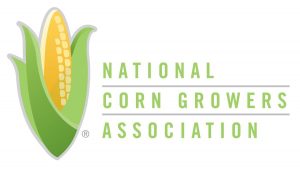 Sen. John Thune (R-SD) has introduced legislation, together with Sen. Jeanne Shaheen (D-NH), to approve some advanced biofuel pathways under the Renewable Fuel Standard, which have been delayed by the Environmental Protection Agency (EPA).
Sen. John Thune (R-SD) has introduced legislation, together with Sen. Jeanne Shaheen (D-NH), to approve some advanced biofuel pathways under the Renewable Fuel Standard, which have been delayed by the Environmental Protection Agency (EPA).
Under the legislation, EPA would also be required to render a decision within 90 days on any registration application that has been pending for at least 180 days, as well as take action within 180 days for completed pathways petitions pending for at least 180 days.
“Finally advancing proven fuels like ethanol derived from corn fiber technology will permit ethanol producers to produce a higher-value fuel with even lower lifecycle greenhouse gas emissions, as well as enable them to utilize at scale the technology and facility investments they have already made,” said Thune. “The RFS intends for fuel technology to progress, not for prolonged EPA inaction to stifle it. At a time when the farm economy continues to face headwinds and uncertainty, my bill would improve the bottom line of numerous biofuel operators without direct federal assistance, adding value to the corn crop and increasing margins until fuel demand is restored.”
American Coalition for Ethanol (ACE) CEO Brian Jennings thanked Senators Thune and Shaheen for their leadership. “This legislation will help biofuel producers who continue to innovate and add technology to reduce the carbon intensity of their fuel production processes. The delay in application approvals causes headaches for ethanol producers and the companies poised to work with them on innovations such as corn kernel fiber technology.”
In addition to approving certain biofuel registrations and requiring EPA action on pending registration applications and pathway petitions, the bill would provide $2 million for EPA to carry out the functions of the bill. EPA has also been slow to act on numerous pathway petitions, which seek to advance innovative and clean fuels made from renewable feedstock. Under the Thune bill, EPA will have to render a final decision within a total of one year after a pathway petition is deemed completed.
Sen. Jeanne Shaheen (D-N.H.) is an original sponsor of this bill.











